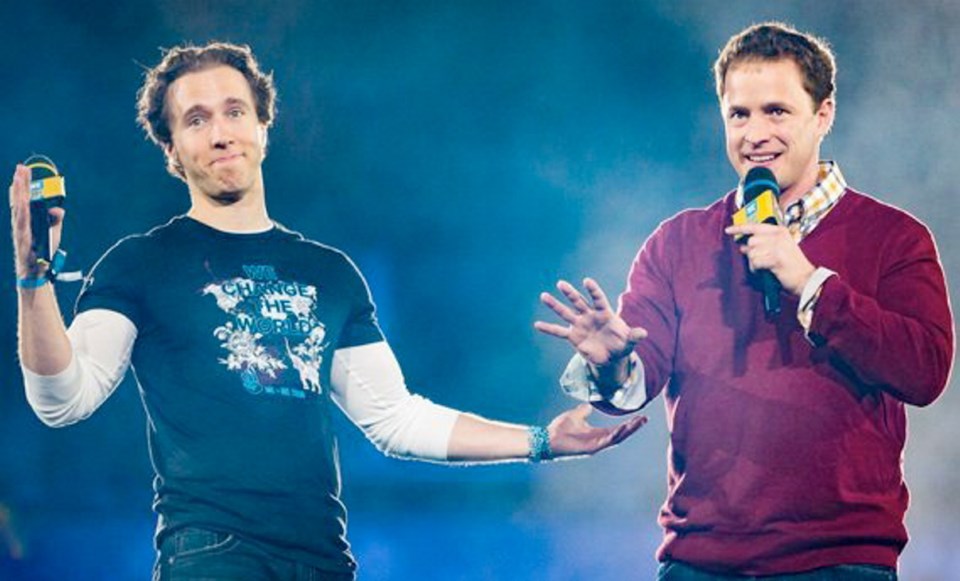With the same pen, Leonardo da Vinci sketched enigmatic smiles and drew up blueprints for technologies that were centuries ahead of his time. He saw no boundary between art and science.
What would the Renaissance man think of the chasm we’ve since created?
Now, we force intense specialization, streaming students down one path or the other from a young age. By university, arts and STEM (science, technology, engineering and math) are distinct faculties with little interaction and sometimes significant campus rivalries.
This might be fine, academically speaking. Practically, it’s a problem. If we want the next generation to realize their full potential, to deploy every resource against the world’s social and environmental challenges-frankly, we want Renaissance kids.
We must reunite art and science.
In a time when people increasingly distrust and doubt the science behind issues like climate change, the arts can be vital to help specialists communicate with the public. When scientist and broadcaster Jay Ingram gives speeches on space exploration or climate change, he brings a backup band to help deliver the message. Song lyrics are linked to the scientific themes. Sometimes he brings actors or plays clips from old movies.
“The point is to frame the information in a different way, to add emotion,” Ingram says.
Who would have thought that robots could be racist? Yet in recent years, legal software used by judges has been found to prescribe harsher sentences for black offenders, and image recognition apps have classified black men as “gorillas.” Computer algorithms use human data to learn; they will pick up and perpetuate human bias. Countering that effect requires programmers with emotional intelligence.
The arts are a perfect way for coders to flex their EI. A 2014 study at the University of Arkansas found students who attended a live theatre performance tested far higher for tolerance and empathy afterwards.
When Google studied its workforce in 2013, it was surprised to learn the most important qualities of its top employees were not their coding or debugging skills. Most valuable were skills like communication and empathy. That’s why tech companies such as Google and Microsoft now actively recruit arts grads.
The arts can help scientists and engineers better understand potential implications of their work. For students learning robotics, for example, a literary study of Isaac Asimov’s I, Robot would illustrate the ethical questions surrounding the creation of artificial intelligence.
The book also delves into how that technology could interact with humanity.
A marriage of science and arts could even help us achieve the Sustainable Development Goals.
When non-profits wanted to improve the health of mothers and newborns in Afghanistan, they adapted computerized talking books. Storytelling through a technical platform proved effective. Illiterate Afghan women learned about healthy diets, hygiene, and breast feeding techniques.
Combined with other initiatives, the special books have helped to reduce infant mortality in Afghanistan by 29 per cent.
We need a da Vinci generation. We need to merge the humanity of the arts with innovative technical solutions to help our children solve the next great set of social challenges.



